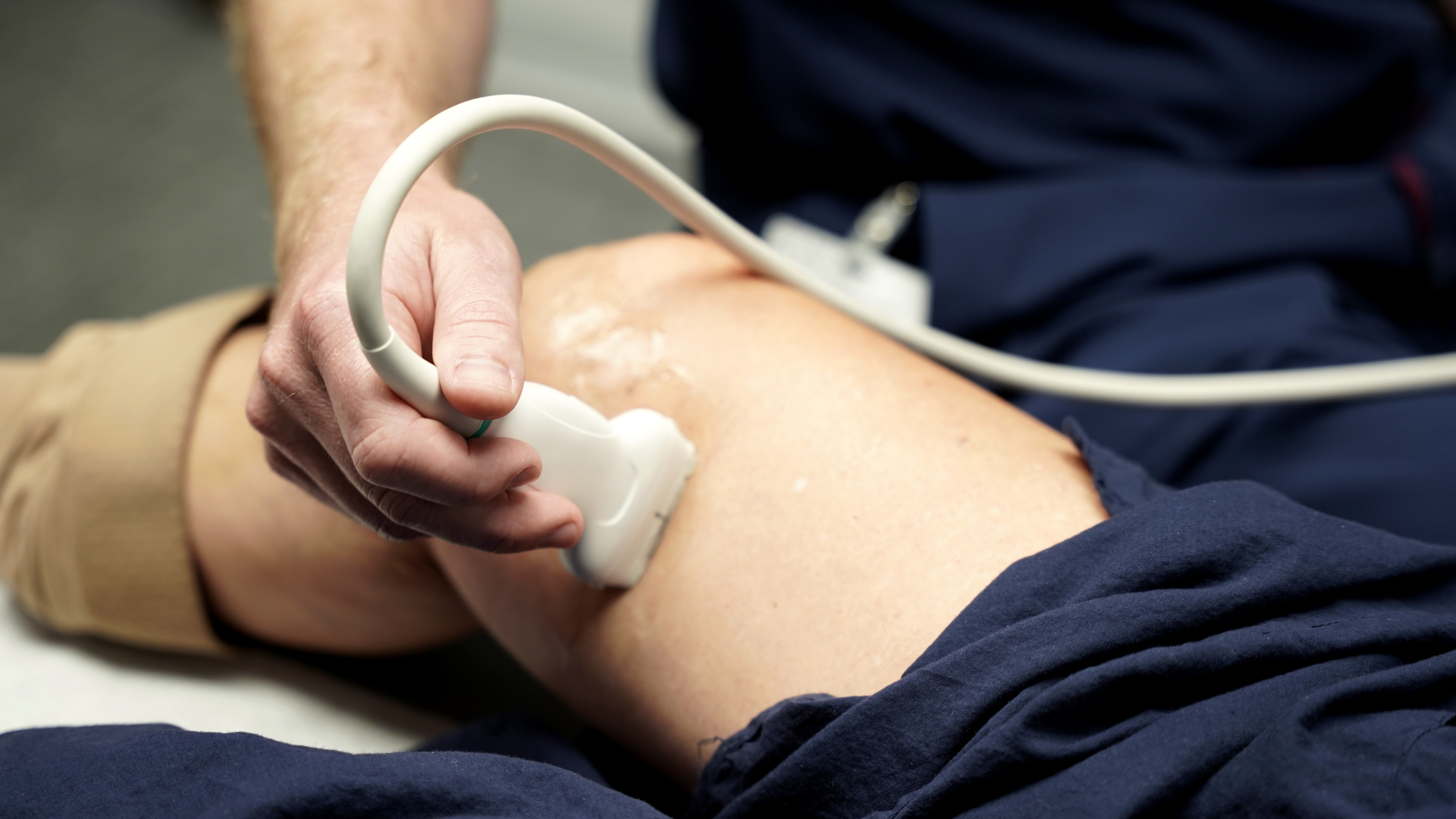Microphlebectomy is a minimally invasive procedure to remove varicose veins that are too large to be treated with injections alone. During the treatment, our vein specialists make tiny incisions to gently remove the problem vein. Because these veins are close to the surface, the procedure can be done in-office with only local anesthesia. Patients remain awake and relaxed, and most are pleasantly surprised by how quick and simple the process feels.
This is more than just a procedure—it’s a chance to finally leave behind the heaviness, swelling, and self-consciousness that varicose veins can bring. Since treatment is quick, virtually painless, and performed right in our office, you don’t have to put your life on hold to see results. Let the experienced team at Lake Area Vein Center help you step into healthier, lighter, more confident legs with microphlebectomy today!
Microphlebectomy is an excellent option for people who have bulging, visible, or painful varicose veins. If you're experiencing achiness, a feeling of heaviness, swelling, or itching in your legs, this procedure can provide relief. It's also a great solution if you're simply tired of hiding your legs due to unsightly veins.
Even if you've tried other treatments like sclerotherapy without success, microphlebectomy might be a good option. Because the incisions are tiny and recovery is fast, it's a safe and effective choice for patients of all ages and activity levels.
We’ll evaluate your unique situation and create a treatment plan that fits your lifestyle and goals, which may include procedures like microphlebectomy. With Lake Area Vein Center, you can get back to living (and moving) without ever worrying about varicose veins again.
Microphlebectomy is a minimally invasive procedure used to remove large, bulging varicose veins that are close to the skin's surface. It involves making a series of tiny incisions to physically extract the affected veins. Once the varicose vein is removed, blood flow is naturally rerouted to healthier veins.
No, microphlebectomy is typically not a painful procedure. It is performed under local anesthesia, which numbs the treatment area, so you will only feel some minor pressure or a slight pinprick sensation during the injection of the anesthetic. Because the incisions are so small, most patients will not need stitches after the procedure.
Recovery from microphlebectomy is quick and straightforward. Most patients can walk immediately after the procedure and return to their normal daily activities within a day. Strenuous exercise should be avoided for about one to two weeks, and compression stockings are recommended for a short period to aid healing.
The veins that are removed during microphlebectomy are gone permanently. However, the procedure cannot prevent new varicose veins from forming in other areas of the leg as you age or if you have a genetic predisposition.
Because the incisions are very small (typically 2-3 mm), they do not require stitches and heal on their own. Over time, the incisions are barely visible and often fade to tiny white spots that are difficult to see.
Microphlebectomy and sclerotherapy are both minimally invasive treatments for varicose veins. However, they are used for different types of veins. Microphlebectomy is ideal for removing larger, bulging veins that are too big for injections. Sclerotherapy is an injection-based treatment that uses a chemical solution to collapse and close smaller varicose and spider veins.
The procedure is an outpatient treatment and can often be completed in less than an hour, depending on the number of veins being treated. During the consultation, we’ll discuss the timeline for your procedure to best fit into your schedule.
Microphlebectomy is often covered by insurance if it is considered "medically necessary." This means the procedure is performed to relieve symptoms like pain, swelling, heaviness, or other complications that impact your daily life, rather than for cosmetic reasons. Your physician will need to document your symptoms and may require you to try conservative treatments first, such as compression stockings, before approval. If you need assistance with insurance, please contact our office directly.
Common side effects are minor and temporary, including bruising, swelling, and mild skin discoloration at the incision sites. In rare cases, there can be a risk of infection or temporary numbness. We will discuss all potential side effects and risks with you during the consultation phase, so you can make an informed decision.
